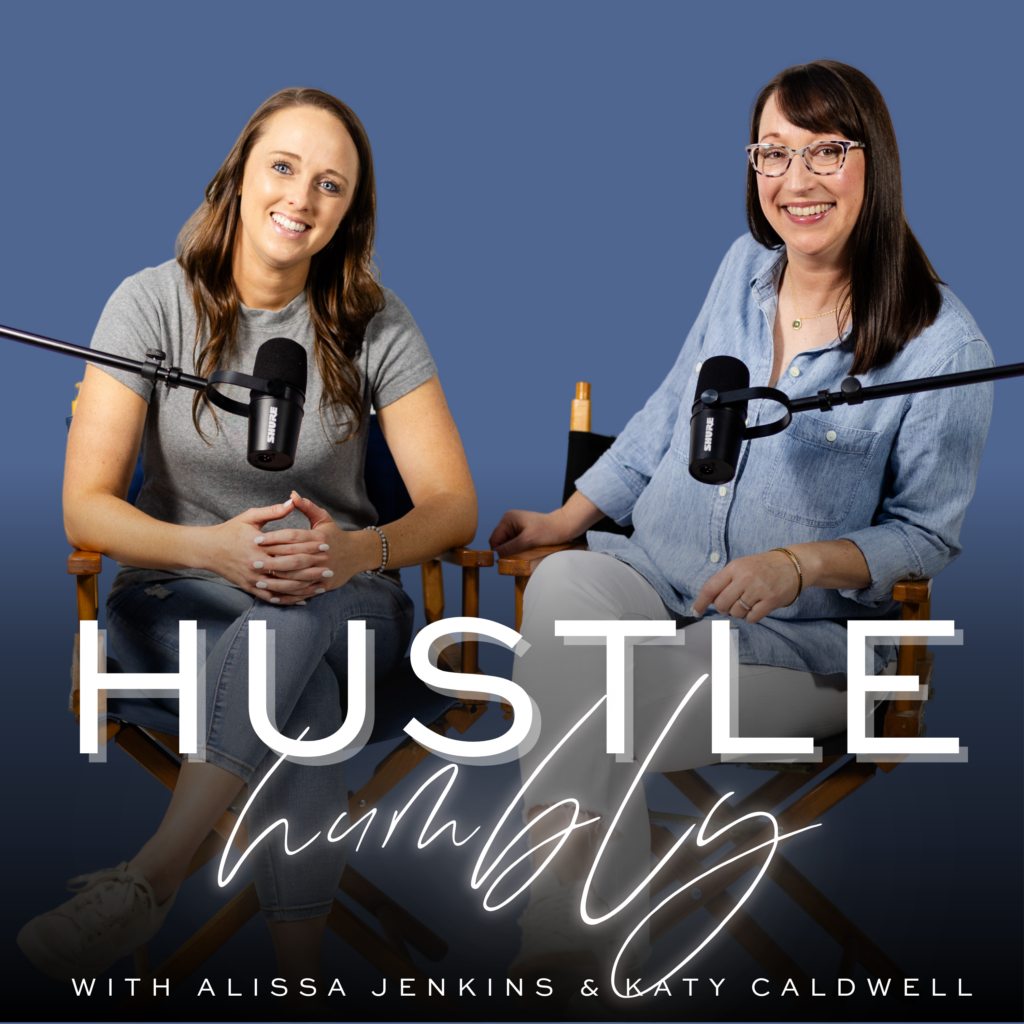Podcasting Behind the Scenes: What It’s Really Like
The Reality of Podcasting
Podcasting behind the scenes is more than just hitting record. It takes planning, equipment, editing, and consistency. While anyone can start a podcast with a smartphone and a simple microphone, the right setup improves sound quality. A quiet space, such as a closet, helps dampen noise. As the podcast evolves, investing in better microphones, mixers, and editing software can improve production quality.
Podcast Equipment and Setup
Starting a podcast doesn’t require expensive equipment. Many successful podcasters begin with a basic microphone and a quiet recording space. However, upgrading to quality microphones, a mixer, and professional editing software improves audio. For instance, using Shure microphones with a Scarlett 2i2 mixer helps maintain clear sound. Editing with Adobe Audition removes background noise and enhances the final product. Consistent audio quality ensures a better listener experience.
The Editing Process
Post-production plays a crucial role in delivering a polished episode. Editing includes removing background noise, adjusting audio levels, and cutting out unnecessary pauses or distractions. This process typically takes twice the length of the episode, meaning a one-hour recording requires about two hours of editing. Additional time is needed for video syncing if the podcast is available on YouTube.
Consistency and Content Planning
A successful podcast relies on consistent scheduling. Whether releasing weekly or monthly, setting a clear schedule builds listener expectations. Podcasting behind the scenes includes tracking listener questions, selecting relevant topics, and staying ahead by pre-recording episodes. This ensures there is always an episode ready, even during vacations or unexpected breaks.
Challenges and Lessons Learned
Starting a podcast brings surprises, such as the international reach of an audience. Listeners from different countries engage with content, making podcasting a unique way to connect globally. Another key takeaway is the power of storytelling. Engaging narratives and real-life examples keep audiences interested. Additionally, maintaining a natural conversation rather than following a strict script creates an authentic listening experience.
Final Thoughts on Podcasting
Podcasting behind the scenes involves more than just recording—it requires commitment, planning, and adaptability. A structured but flexible approach helps maintain consistency while allowing room for creativity. Whether starting with basic equipment or investing in high-end tools, the key to success lies in delivering valuable content consistently.
ratethispodcast.com/hustlehumbly
